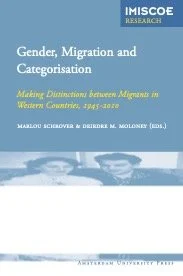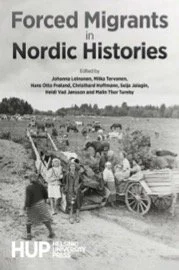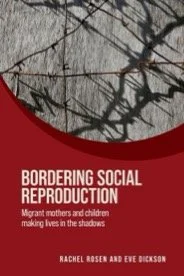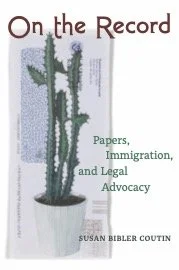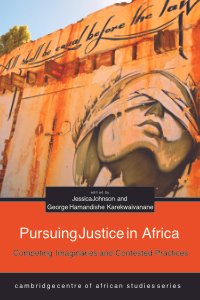By PATRICIA HYNES, ANNA SKEELS AND LAURA DURÁN
Human trafficking of children and young people is a major concern yet there is limited research on the lived experiences of those affected and even less on their post-trafficking aspirations, strengths and capabilities. This book argues that human trafficking and/or exploitation should be seen as child abuse rather than viewed through immigration or criminal justice lenses. It draws on new research from outcomes of two participatory studies with young people affected by human trafficking. The first study focuses on the development of a Creating Stable Futures Positive Outcomes Framework (CSF-POF), centred around children’s rights and based on the views of young people themselves. The second details how this framework was implemented for the first time with young people through an outcomes evaluation of the Independent Child Trafficking Guardianship (ICTG) service in England and Wales. An invaluable text, this book guides policy makers, practitioners, local authority professionals and voluntary sector organisations working to protect children and young people from human trafficking and helping them to move forwards positively following abuse.
Bristol, UK: Policy Press, 2025. 187p.



